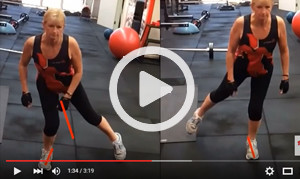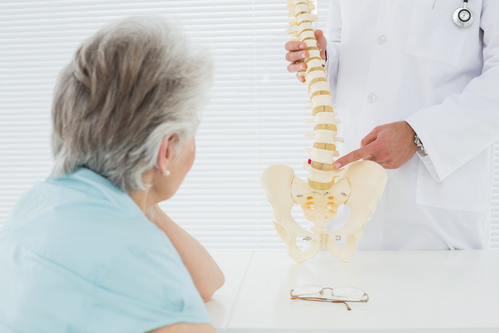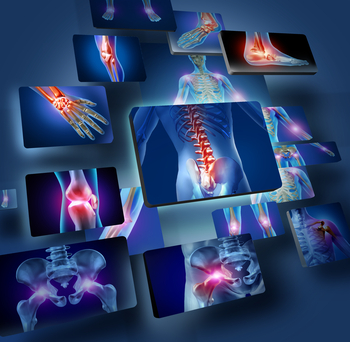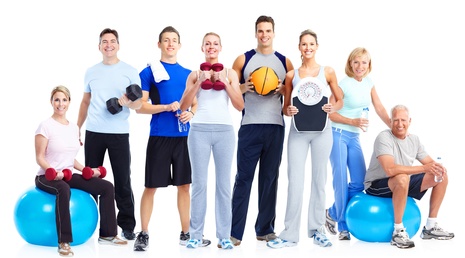Knee Pain Does Not Mean The End To Your Exercise Program
Knee pain is extremely common and can really make things very awkward and uncomfortable. Trust me I should know, only 8 weeks ago I tore my ACL (anterior cruciate ligament) in a freak accident that left me on crutches for 2 weeks and limping for the next 1-2 afterwards.


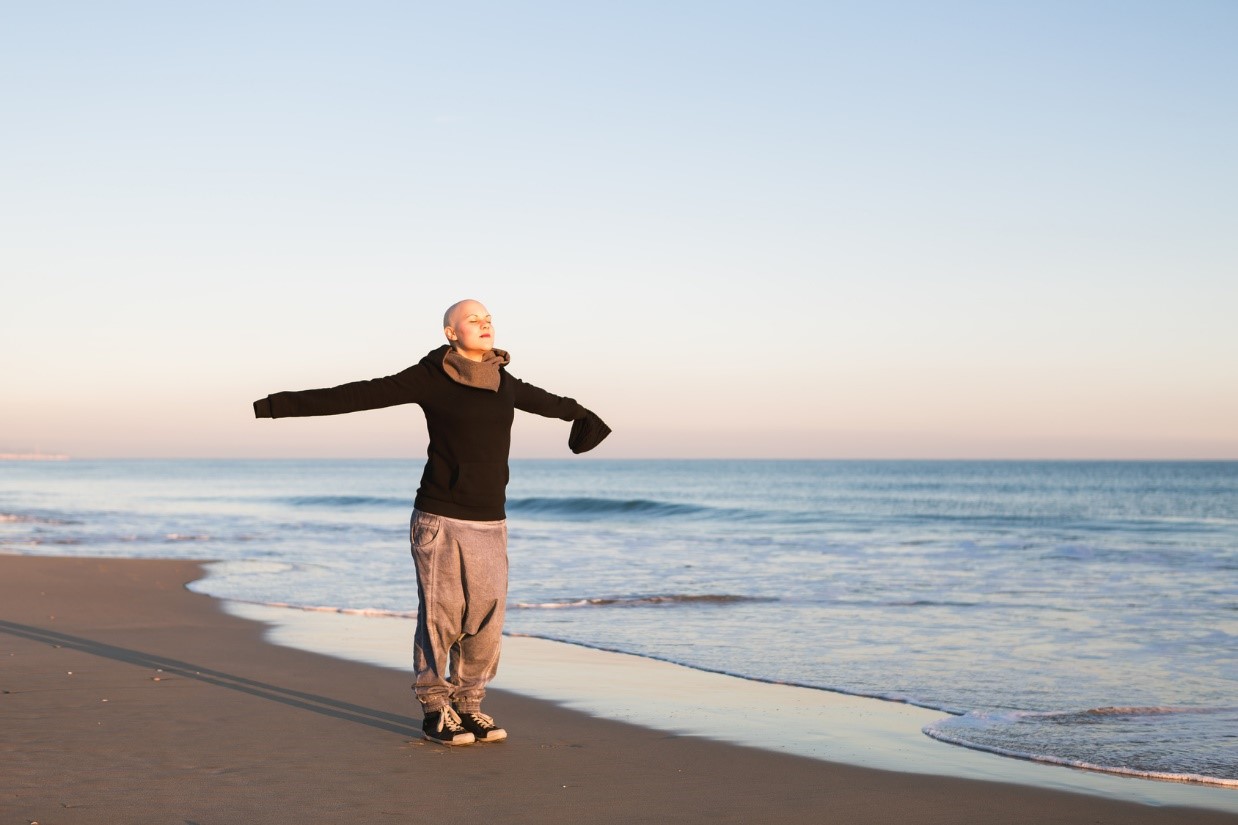
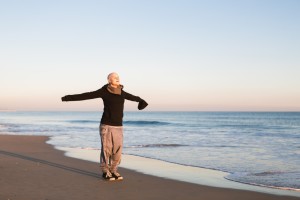 We all consider the undesirable aspects associated with cancer and think to ourselves how lucky we are not to have that added stress in our life. But what about those who are diagnosed with cancer?
We all consider the undesirable aspects associated with cancer and think to ourselves how lucky we are not to have that added stress in our life. But what about those who are diagnosed with cancer?
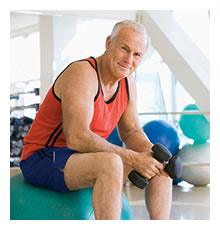
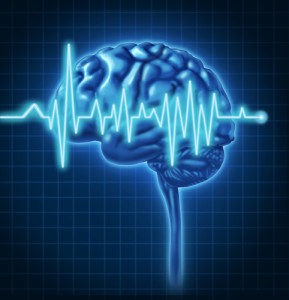 A stroke is caused by an interruption of the flow of blood to the brain or by a rupture of blood vessels in the brain. The damaging effects of a stroke depend on what parts of the brain are affected, as well as the amount of damage. Common after affects contribute to resulting weakness on the side contra lateral to the brain injury.
A stroke is caused by an interruption of the flow of blood to the brain or by a rupture of blood vessels in the brain. The damaging effects of a stroke depend on what parts of the brain are affected, as well as the amount of damage. Common after affects contribute to resulting weakness on the side contra lateral to the brain injury.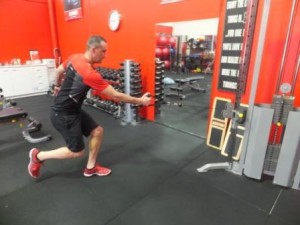 With the stroke or brain affected clients we had more success with starting with more complex and difficult tasks often completed in a split stance, using contralateral arm and leg movements. (See picture).
With the stroke or brain affected clients we had more success with starting with more complex and difficult tasks often completed in a split stance, using contralateral arm and leg movements. (See picture).